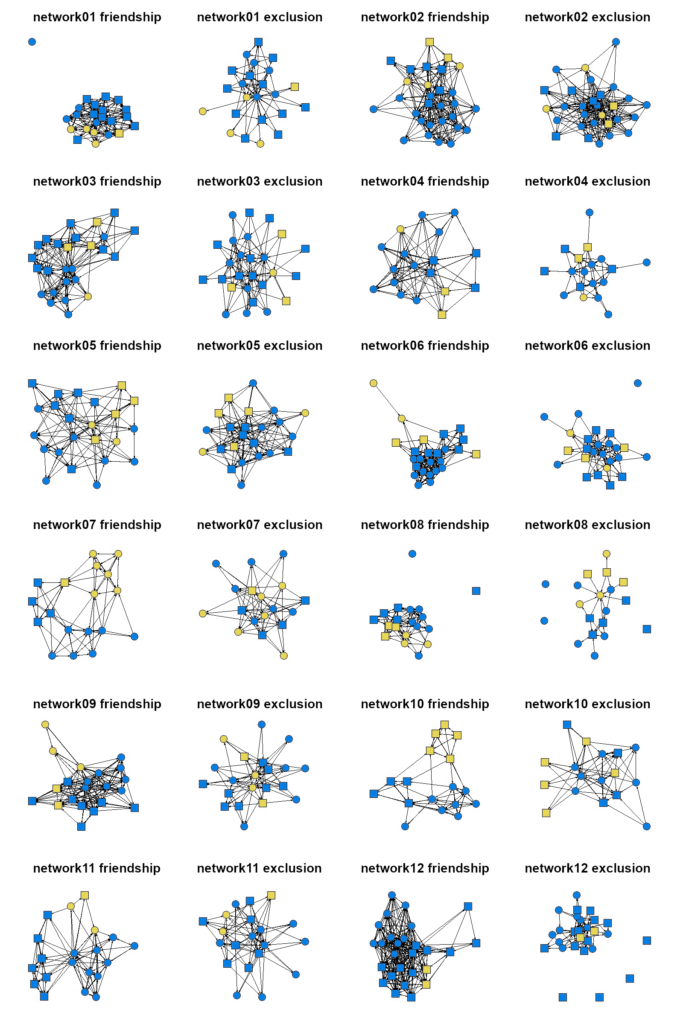❝Ukrainian students were not well integrated in social networks in Czech schools in the beginning of the Russian invasion.❞
Czech Republic became a country hosting the highest number of Ukrainian refugees per capita following the 2022 Russian invasion. Many of those refugees were children requiring access to education. The Czech system of education faced an unprecedented influx of refugee students while having very limited experience with hosting non-Czech-speaking students. First reports from the Czech School Inspection and from school principals following the influx of refugee students into the schools were reporting excellent process of social adaptation in virtually all schools, with no significant issues arising, and with most Ukrainian students forming friendships with the Czech ones.
We decided to investigate the formation of relationships in classrooms comprising both Ukrainian and Czech students ourselves. We were present in the classrooms from the beginning of the 2022/2023 school year. Our sample contains twelve classrooms with a total of 266 students in grades 5 to 9; 21.05% of the students were of Ukrainian origin. We employed multiplex exponential random graph modelling to assess the level to which Ukrainian refugees were integrated within peer networks, capturing both friendship and exclusion ties. We then employed a meta-analytical procedure to aggregate the results from the individual classrooms and a meta-regression to study the relationship between classroom ethnic composition and the level of integration of Ukrainian refugees.
We found social networks to be formed heavily along ethnic lines with strong ethnic homophily in friendship ties and a propensity of the Ukrainian students to both send and receive fewer friendship ties than their Czech classmates. We found no evidence that the Ukrainian students sent or received more exclusion ties than their Czech classmates, suggesting that the Ukrainian students did not face explicit rejection from classmates; rather, we saw a tendency of the Ukrainian students to be neglected. Our findings stand in contrast to reports from school headmasters who asserted that the social integration of Ukrainian students was seamless. We further found a higher proportion of Ukrainian students in classrooms to be related to stronger homophilic behaviour and a lower tendency of Ukrainian students to make friends. Our results therefore imply that increased classroom diversity may negatively influence the integration of refugees in social networks.

The higher proportion of Ukrainian students in classrooms leading to the higher tendency to form homophilic friendship ties and the lower tendency of Ukrainian students to send friendship ties implies that to achieve a better integration of refugees in peer social networks, it would be useful to place refugee students in classrooms in such a way that they do not constitute more than 20% of the students. We do not suggest schools should form segregated classrooms—quite the opposite—we advise a more even distribution of refugees into the classrooms. Furthermore, the fact that Ukrainian refugee students face a lack of integration within peer social networks calls for the development, application, and evaluation of intervention strategies aimed at improving the cohesion of relationships in classrooms and overcoming the barriers limiting Ukraine students’ ability to form relationships with the Czech students.